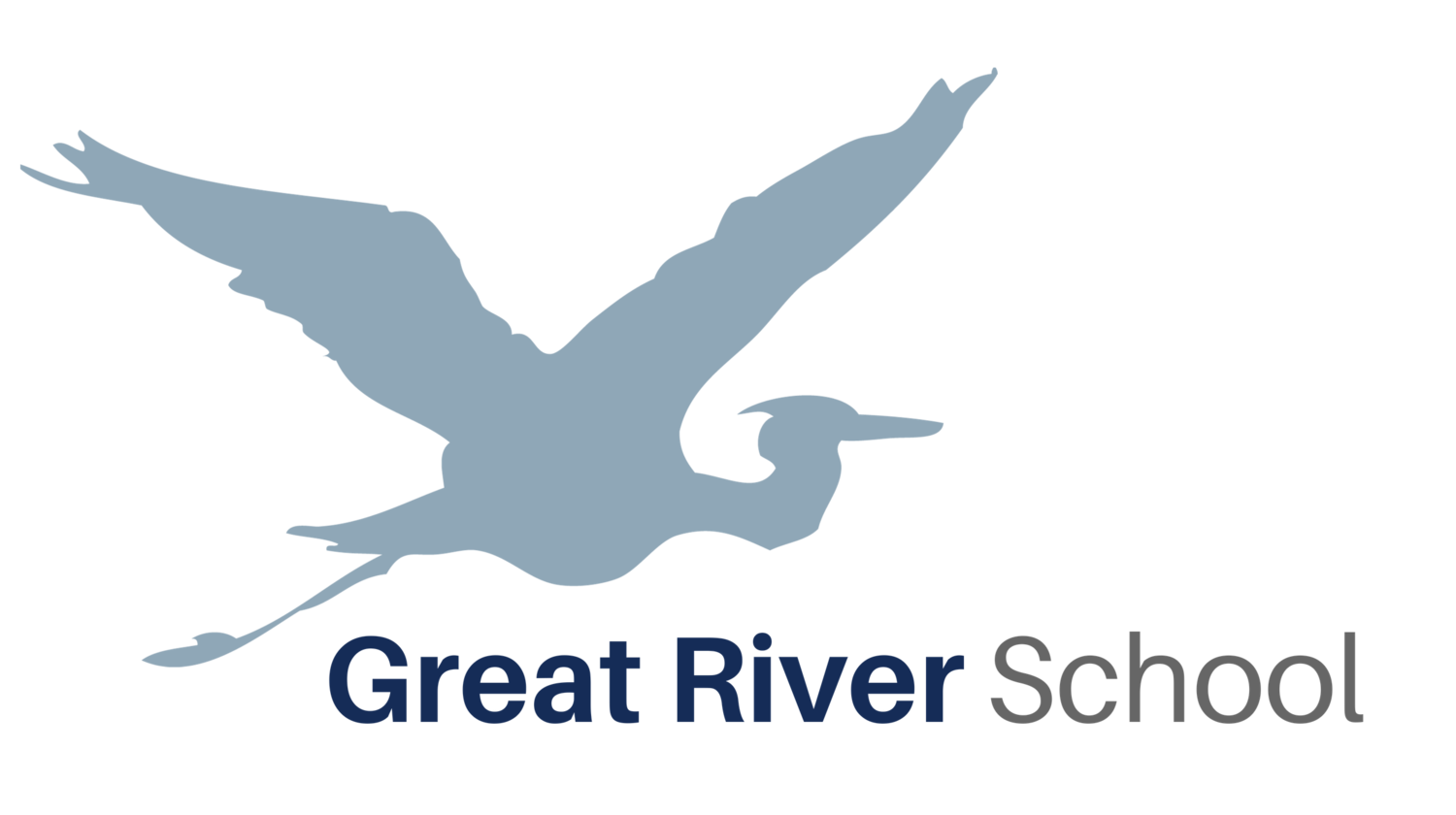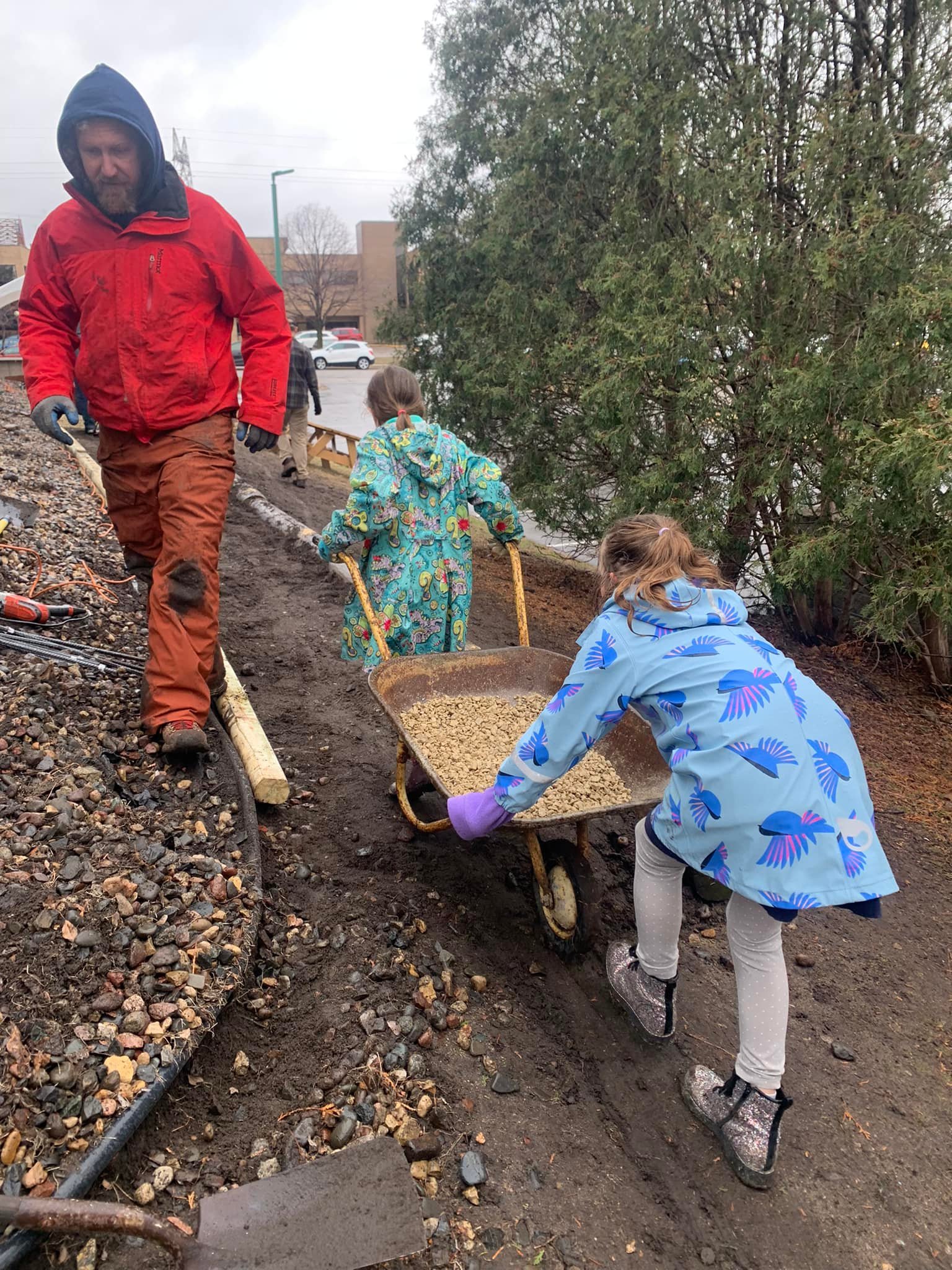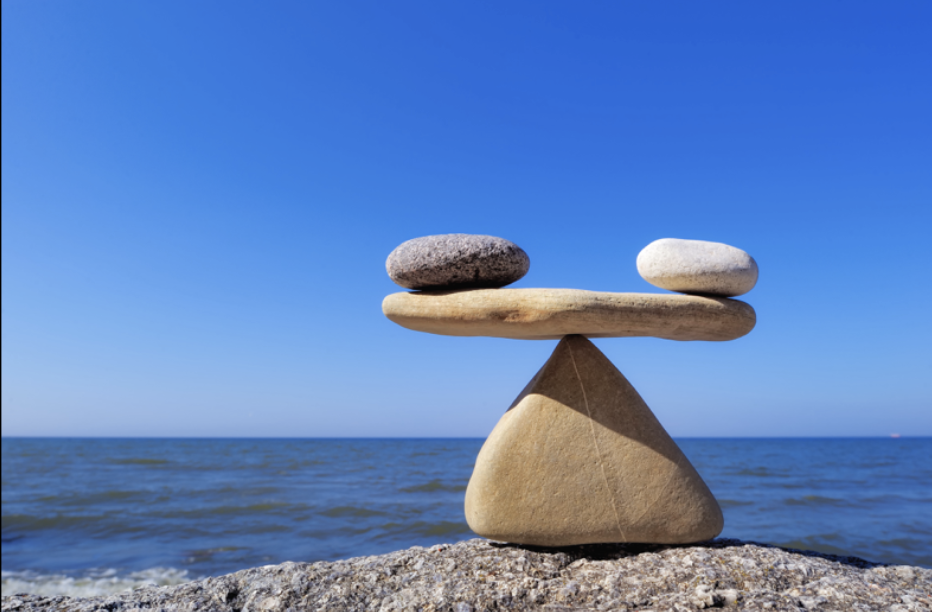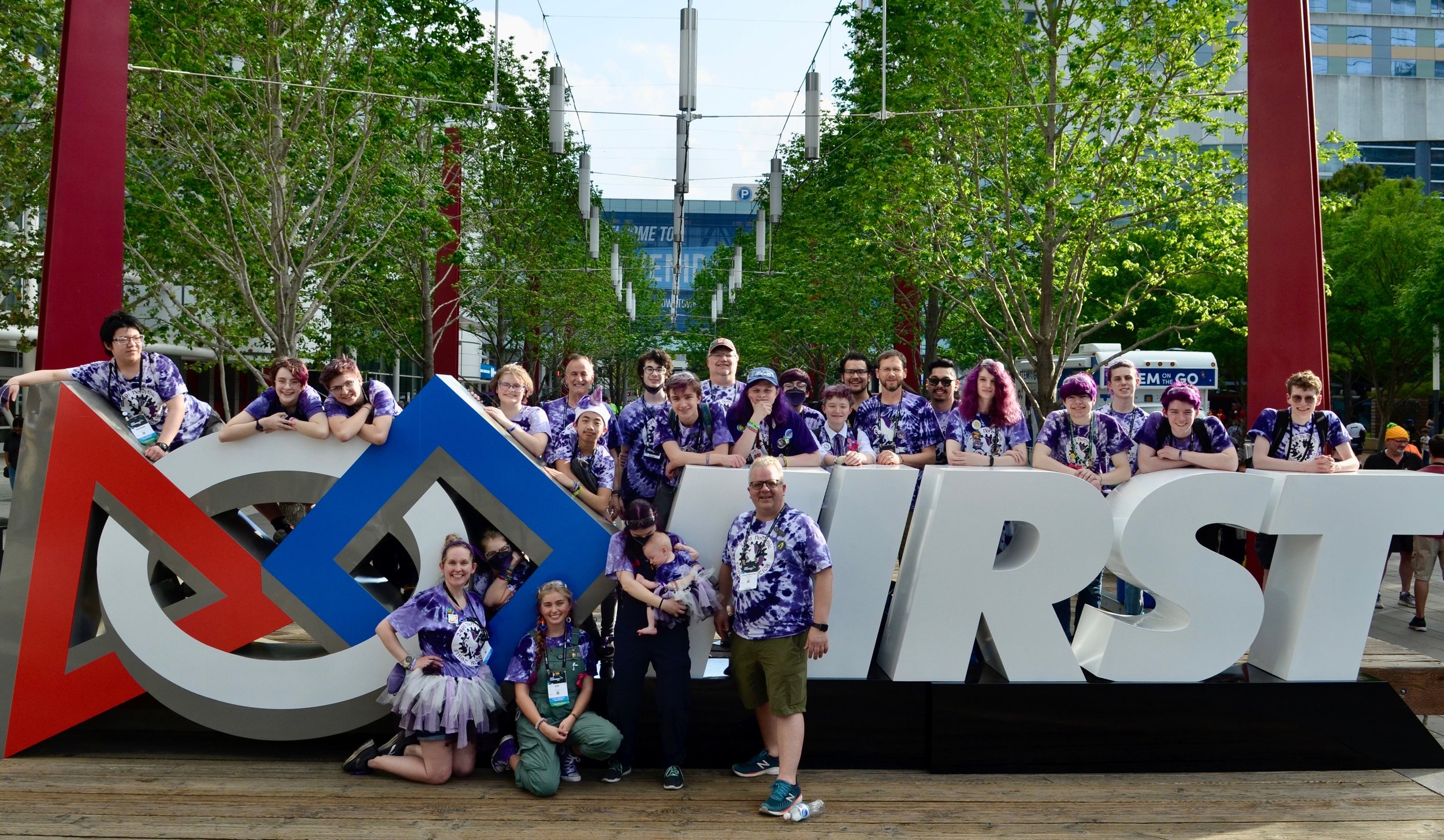written by Holly Bell, Director of First Impressions
Welcome to our last newsletter (and Huddle) of the 2021-22 school year! Have you ever heard of chefs who are given just a few random ingredients and their challenge is to make something delicious out of those items? I had a great chat with a couple of dear friends recently, and asked them what they’d like to read about in this issue of Holly’s Huddle. Yes, it could be anything. They each gave me one idea and I’m going to do my best to combine them in a way that will encourage you to smile today, as well as to inspire our continued connection through this summer of 2022. The two topics are: Mermaids and Potatoes. Or, potatoes and mermaids. Now, I know what both mermaids and potatoes are, but have you ever heard of a sea potato? Researching this a little bit, I learned that these heart-shaped sea potatoes are common around England and Ireland. It does remind me a bit of a sand dollar.
And, have you ever heard of a mermaid’s purse? If you click on the link, you’ll learn that they have something to do with shark eggs! (Read more at the website.)
Now that I’ve introduced you to my characters, here’s my answer to the mermaid/potato challenge…
There was once a brilliant and dazzling Irish mermaid who loved spending her days frolicking in the tide along the coast of Ireland. The sometimes chilly waters invigorated her, so she got lots of exercise while swimming long distances. (Irish waters range from 59 degrees F in August to 48 degrees F in March.) One brisk February morning, she grabbed her (mermaid) purse and went for a swim. Her purse was a little clunky, but not nearly as substantial and cumbersome as her beloved harp which she played when looking for inspiration. As she was laughing and skipping stones across the water’s surface, she stopped near a shallow, sandy inlet. She gracefully dog-paddled (in a mermaid-ish manner) above the ocean’s floor when suddenly, she couldn’t believe her eyes… there, amongst the sea creatures was one tiny white heart! It was the shell of a heart-shaped urchin; a sea potato! How beautiful it was to her! While she loved all sea creatures, she was especially fond of the sea potato, for it fit into her palm perfectly and was so delicate. Carefully, she lifted the potato from the sea bed and tucked it inside of her (mermaid) purse where she knew it’d be safe until she reached her home later in the day. All the way back to her lodging, she hummed a fanciful tune that she embellished as it came to her. Playing the melody on her harp that evening, expressions of gratitude filled her soul. She was so happy to have found the dainty and intricate sea potato (shell). She wished everyone could be as delighted and satisfied with their lives as she was with hers. The words tumbled out between her gorgeous mermaid lips… “May the tide rise up to meet you… May the salty air kiss upon your skin…”
This is how the Irish Mermaid Blessing came to be and it can still be heard in the soft evening air on the coast of Ireland if you listen very, very carefully.
Perhaps, as you are experiencing this summer, you might want to start a series of stories about this Irish Mermaid and her (Sea) Potatoes. Please feel free to join me by sharing your ideas. There is no reason to be bored… let’s be creative!
Safely enjoy your adventures, which are right around the corner! Take good care of yourself and others. Give daily shout-outs of gratitude or keep a gratitude journal. And I will enjoy your company in the fall when we all return to Great River School!
On we go,
Holly





























































